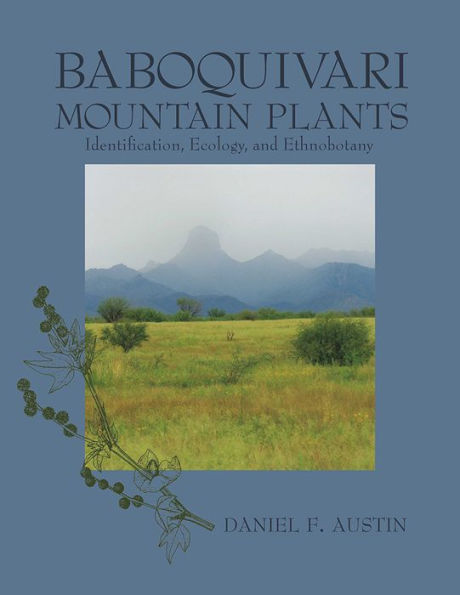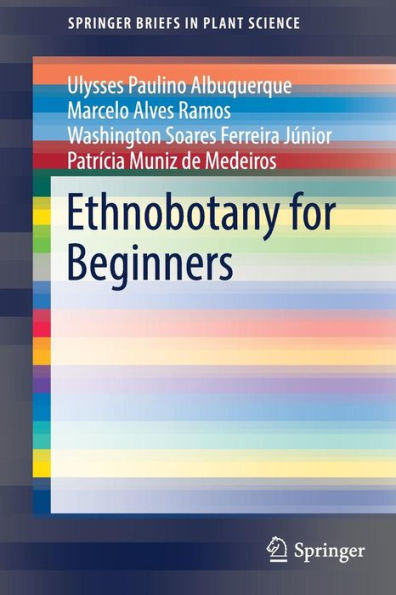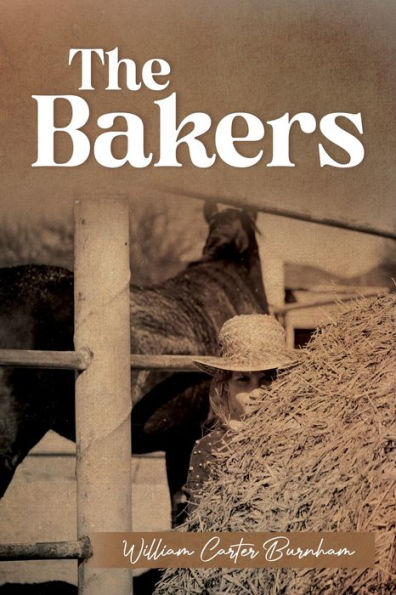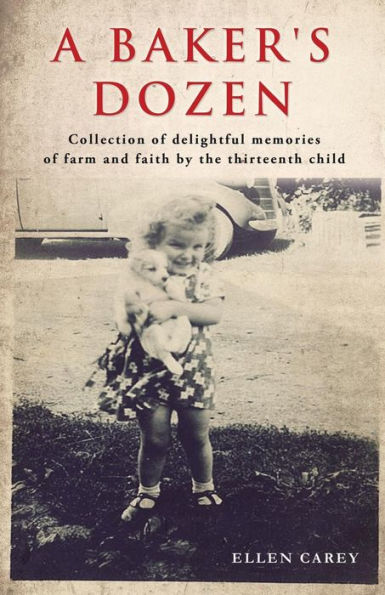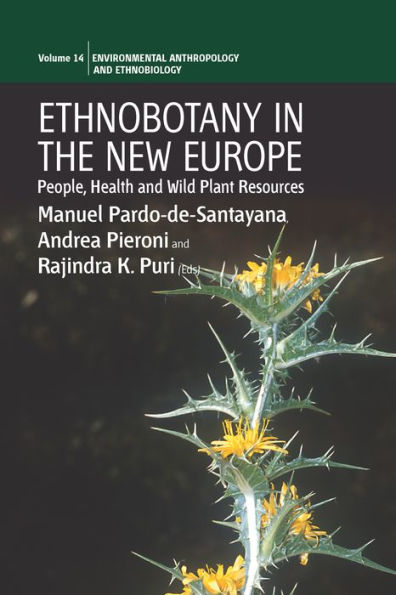Home
Ecology and ethnobotany ofAloe macroclada Baker
Barnes and Noble
Loading Inventory...
Ecology and ethnobotany ofAloe macroclada Baker
Current price: $47.00
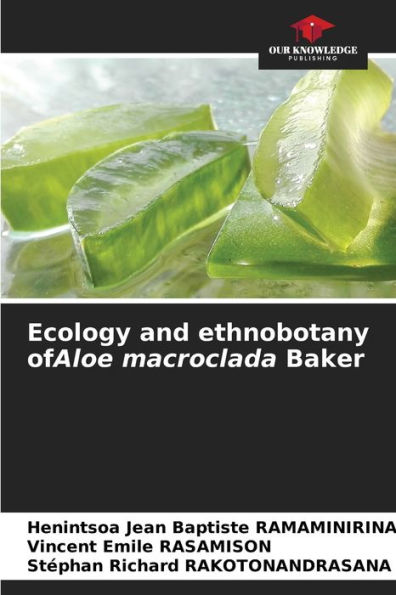
Barnes and Noble
Ecology and ethnobotany ofAloe macroclada Baker
Current price: $47.00
Loading Inventory...
Size: OS
*Product information may vary - to confirm product availability, pricing, shipping and return information please contact Barnes and Noble
The ethnobotanical survey carried out at the three sites revealed traditional uses forAloe macroclada in the treatment of digestive ailments, certain metabolic diseases, wounds, gonorrhea and asthma. It has also been used in cosmetology and as a soil protection agent. The flora associated with the target species comprises 44 species belonging to 37 genera and 20 families. The most represented families are: Poaceae, Asteraceae and Fabaceae. In the species-poor, open vegetation zone of Anjeva, density is relatively high, but biomass is low. Where vegetation is richer and more diversified, as observed in Miandrarivo, density is low and biomass high. An adult individual produces an average of 19 to 40 leaves per plant, ranging in size from 40.00 to 64.00 cm long and 10.00 to 12.50 cm wide. Anthropogenic pressures such as bush fires, expansion of cultivable land and illegal collection represent a crucial threat to Aloe macroclada. Appropriate measures must be implemented to reduce these harmful human activities.
The ethnobotanical survey carried out at the three sites revealed traditional uses forAloe macroclada in the treatment of digestive ailments, certain metabolic diseases, wounds, gonorrhea and asthma. It has also been used in cosmetology and as a soil protection agent. The flora associated with the target species comprises 44 species belonging to 37 genera and 20 families. The most represented families are: Poaceae, Asteraceae and Fabaceae. In the species-poor, open vegetation zone of Anjeva, density is relatively high, but biomass is low. Where vegetation is richer and more diversified, as observed in Miandrarivo, density is low and biomass high. An adult individual produces an average of 19 to 40 leaves per plant, ranging in size from 40.00 to 64.00 cm long and 10.00 to 12.50 cm wide. Anthropogenic pressures such as bush fires, expansion of cultivable land and illegal collection represent a crucial threat to Aloe macroclada. Appropriate measures must be implemented to reduce these harmful human activities.
